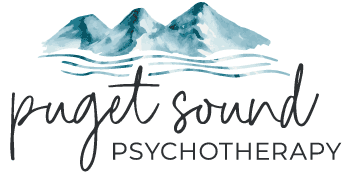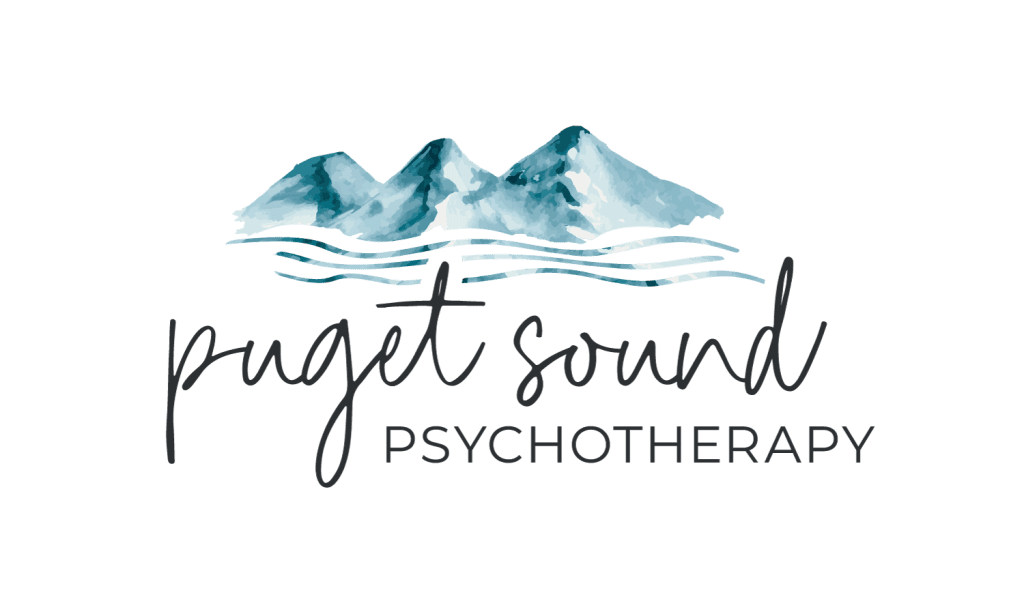
Anxiety is natural, even beneficial, though it often feels far from it. The brain’s response to stress is aimed at self-preservation. Daily stress is universal, yet its effects vary depending on the situation and individual differences. In moderate doses, stress serves as a vital warning sign, alerting us to prepare for perceived difficulties, dangers, or unknown outcomes in life. However, stress becomes problematic when it becomes excessive or persistent, leading to interference with daily functioning and declining mental and physical health.
Recognizing the warning signs of problematic anxiety is crucial for restoring balance and health. While feelings of nervousness, worry, or even panic are normal responses, when anxiety persists and overshadows its trigger, it indicates a problem. If the response outweighs the trigger, there may be an imbalance that, if unaddressed, can escalate into chronic anxiety, causing distress and impairing functioning in various life areas.
Determining the threshold at which anxiety interferes with daily life is essential. When anxiety disrupts routine tasks, relationships, and personal goals, it signifies a problem. Individuals may avoid social or work-related situations due to irrational fears of judgment or failure, leading to self-isolation and decreased productivity—a self-perpetuating cycle.
Prolonged anxiety manifests in physical symptoms, often serving as early indicators of problematic anxiety. While not feeling anxious emotionally, physical responses like butterflies in the stomach or a racing heartbeat are normal. Ignoring consistent physical symptoms may overlook underlying anxiety issues, affecting overall well-being.
Identifying the root cause of anxiety can feel like navigating a complex puzzle, which can be overwhelming. It involves examining emotions and their interactions with experiences. Delving beneath the surface, triggers are exposed, each exerting influence on the current state of imbalance. It’s a journey of self-discovery that requires courage and vulnerability, paving the way toward equilibrium. As greater equilibrium is achieved, it enables the ongoing identification of triggers, fosters self-understanding, encourages curiosity over self-judgment, and instills a belief in one’s capacity to thrive.
Acknowledging the brain’s protective role and preventing overactivity requires tailored approaches. Seeking professional help from licensed therapists or psychiatrists can address the root cause and establish treatment plans. Evidence-based treatments like Cognitive-Behavioral Therapy (CBT) or medications can help develop coping skills and alleviate symptoms. Incorporating general health practices like exercise, meditation, sleep hygiene and balanced diets supports emotional equilibrium. Active relational support is also crucial for stress metabolism and mental health maintenance.
In conclusion, understanding anxiety’s purpose and recognizing its problematic manifestations are essential. Being mindful of emotional and physical states aids in monitoring anxiety metabolism. Regaining equilibrium and building resilience to anxiety-inducing situations are achievable with proper support and treatment. I am eager to collaborate with you to develop a personalized treatment plan for improved mental health, acknowledging that decisions regarding change require careful consideration.
Begin Where You Are.
Dr. Tim Richardson | DNP, ARNP, PMHNP-BC
Psychiatric Practitioner with Puget Sound Psychotherapy
Ph: 206-669-4336
www.PugetPsychotherapy.com




